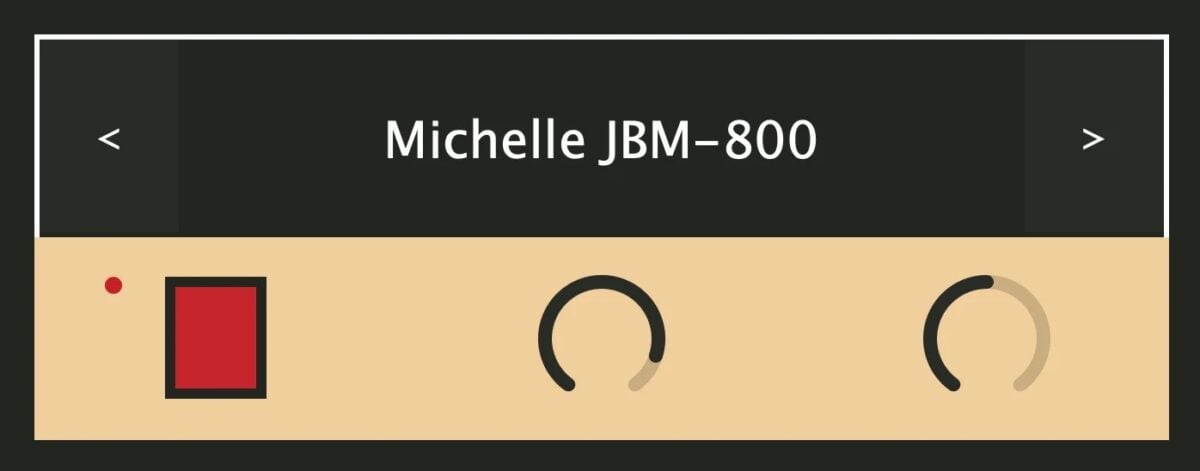GAS Therapy releases AnyAmpIR, a free guitar cabinet IR loader plugin for Windows, macOS, and iOS (the iOS version costs $4.99).
I’m a long-time guitar player, so my ears immediately perk up when I hear the word “free” bandied around.
You might already know about this plugin if you are familiar with Michael Mon and the GAS Therapy video series on his YouTube channel. If not, then please let me introduce AnyAmpIR.
AnyAmpIR has a reasonably lofty mission statement in providing any amp you want and doing so with minimal fuss. Michael recently did something similar with his AASamplerPlayer plugin, providing a bare-bones sample player that is easy to use.
In the case of AnyAmpIR, we have a simple cabinet IR loader with some clever functionality to make loading and browsing impulse responses faster.
The GUI has three controls: The button on the left loads the IR file, the knob in the center lets you browse all the IRs in the original file’s folder, and the rightmost knob controls the output volume.
The top section of the interface shows the loaded IR filename and lets you select the next and previous IR using the left and right arrows.
The plugin scans the loaded IR’s filename to detect terms resembling popular guitar amps. The GUI will automatically change to represent the captured cabinet depending on the loaded IR.
So, if your IR filename contains the word, Marshall, the GUI will update to look like a Marshall amp.

As any guitarist knows, a lot goes through the signal path to make a sound. Things like your tonewood, strings, amp, cabinet, and even how you use your fingers influence the sound.
Michael believes that the amp’s distortion isn’t important at all and that you can replace it with any distortion and a set of IRs.
As a guitarist of over 20 years, I can’t honestly recommend AnyAmpIR as a complete amp replacement. However, we all have different techniques, and the guitar tone is what matters in the end.

AnyAmpIR definitely does the trick as an IR loader. To me personally, it is somewhat jarring to see a Mesa head with no accompanying distortion, and I’m sure somewhere, a legion of metal and punk guitarists are claiming it as pure sacrilege.
But again, we all use different techniques to produce music, program our synths, and shape our guitar tone. With that in mind, check out Michael’s video below to learn more about his philosophy.

If you’re looking for a free alternative to the many amp sims out in the wild, look at Neural Amp Modeler, which BPB has previously covered. The newly released 0.71 has lower CPU consumption, and you can take advantage of 1000s of free amp models and IRs there.
If AnyAmpIR piques your interest, it is available for Windows, Mac, and iOS. Supported plugin formats are VST3 and AU. AnyAmpIR is a universal Mac application, so you can try it whether you’re running Silicon or Intel.
UPDATE: This article was updated to correct some factual errors about AnyAmpIR’s functionality. We apologize for the mistakes, which are now fixed.
Download: AnyAmpIR
More:
- ML Sound Lab Releases FREE MIKKO2 Guitar Cabinet Plugin
- SkyNet Is A FREE Reverb Plugin Based On A Guitar Pedal
Last Updated on April 24, 2023 by Tomislav Zlatic.







